Duke Ellington Circle Introduce
Duke Ellington Circle, located at the intersection of Fifth Avenue and 110th Street (also known as Central Park North) in New York, NY 10029, stands as a prominent "Scenic Spot" and a vital cultural landmark at the northeast corner of Central Park, marking a significant gateway to the vibrant neighborhood of Harlem. More than just a traffic rotary, this circle is a dedicated tribute to the legendary jazz musician, composer, and bandleader, Edward Kennedy "Duke" Ellington, and serves as an important site for public art and historical commemoration. Its designation as a "Scenic Spot" within the urban fabric of New York City underscores its aesthetic value and its role as a place of interest and reflection.
The environment of Duke Ellington Circle is uniquely positioned at a critical nexus where the elegance of Fifth Avenue meets the expansive greenery of Central Park and the cultural richness of Harlem. The circle itself is designed as a shallow amphitheater, providing a visual and potentially functional space for gathering. While it efficiently manages traffic flow for 110th Street, Fifth Avenue maintains a direct route through the intersection, emphasizing its role as a grand boulevard. The surrounding area connects the diverse neighborhoods of Harlem to the north and west, and East Harlem to the east, creating a dynamic urban landscape. To the west, directly adjacent, lies Central Park, offering immediate access to its vast green spaces, including the Harlem Meer. This juxtaposition of urban infrastructure, monumental art, and natural parkland creates a distinct and memorable setting. The presence of the Museum for African Art, which opened its new main location at the circle in 2019, further enhances the cultural environment of the area, making it a focal point for artistic and historical engagement.
The primary services and features of Duke Ellington Circle revolve around its role as a commemorative space and a piece of public art, offering both visual and intellectual engagement.
- Duke Ellington Memorial: The central feature of the circle is the monumental 25-foot tall Duke Ellington Memorial, sculpted by Robert Graham and unveiled in 1997. This bronze and gilded artwork is a powerful tribute to Ellington, depicting him standing beside an open grand piano. The tableau is supported by three 10-foot tall minimalist columns, atop which stand nine nude caryatid figures representing the Muses. This sculpture is not only an artistic statement but also holds historical significance as the first monument in New York City dedicated to an African American figure. Its scale and design are intended to evoke the intangible qualities of Ellington's enduring musical artistry and serve as a symbolic bridge between Fifth Avenue, Central Park, and the Harlem community where Ellington achieved much of his fame.
- Cultural Significance: As a "Scenic Spot," the circle provides a direct connection to the legacy of Duke Ellington, who profoundly influenced American music. It acts as a focal point for celebrating jazz and African American contributions to culture, particularly within the context of the Harlem Renaissance and Ellington's life and work in Harlem.
- Gateway to Central Park and Harlem: The circle serves as a prominent entry point to both Central Park and the historic Harlem neighborhood. For visitors, it's a clear marker and an introduction to these iconic New York City destinations.
- Public Viewing and Reflection: The design of the circle as a shallow amphitheater implies a space for public gathering and viewing of the monument. It allows individuals to pause, reflect on Ellington's legacy, and appreciate the artistry of the sculpture.
- Urban Landmark and Meeting Point: Due to its distinctive monument and strategic location, Duke Ellington Circle functions as an easily identifiable urban landmark and a potential meeting point for individuals exploring the area.
The history of Duke Ellington Circle is an important feature in itself. Originally named "Frawley Circle," it was officially renamed "Duke Ellington Circle" in 1995, honoring the iconic musician who resided in Harlem for much of his adult life. The conception of a major permanent sculpture honoring Ellington began as early as 1979, spearheaded by singer and pianist Bobby Short, who formed a committee and worked to raise the necessary funds for the project. The selection of artist Robert Graham, known for other significant public works, led to the creation of the memorial, which was finally dedicated in 1997. The unveiling ceremony was a notable event, attended by several New York City mayors and featuring musical performances, underscoring the deep cultural and political significance of the monument.
As part of the New York City Parks system, Duke Ellington Circle is maintained for public enjoyment. While there are no direct "goods for sale" at the circle itself, its presence contributes to the overall appeal of the surrounding attractions, including Central Park and the Museum for African Art, which do offer services and goods to visitors. The constant flow of public transportation (M1, M2, M3, and M4 bus routes, and nearby 2, 3, and 6 subway lines) further enhances its accessibility, making it a well-connected and easily reachable destination within Manhattan.
Promotional information for Duke Ellington Circle would primarily highlight its status as a significant cultural and artistic landmark. It would be advertised as a must-visit "Scenic Spot" for jazz enthusiasts, history buffs, and those interested in public art and African American heritage. The monument itself would be featured as a powerful visual tribute, inviting contemplation on Ellington's contributions to music and his connection to Harlem. The circle's role as a gateway to Central Park and Harlem would also be emphasized, encouraging visitors to explore the surrounding areas, including the Harlem Meer within Central Park and the cultural institutions of Harlem. Events celebrating Ellington's legacy, such as "Happy Birthday Duke Ellington!" celebrations often held around his birthday in May, could be promoted as opportunities to experience the circle's vibrant atmosphere. These events might include live jazz performances or tributes, leveraging the "amphitheater" design of the circle to foster a lively atmosphere. Information on how to access the circle via public transportation would be readily available. The ongoing efforts to preserve and celebrate Ellington's legacy, including events by organizations like The Duke Ellington Center for the Arts, would also be linked to the circle as a central point of remembrance. The overarching promotional message would be one of celebrating a musical giant at a symbolically rich and visually striking location in the heart of New York City.
Duke Ellington Circle Photos
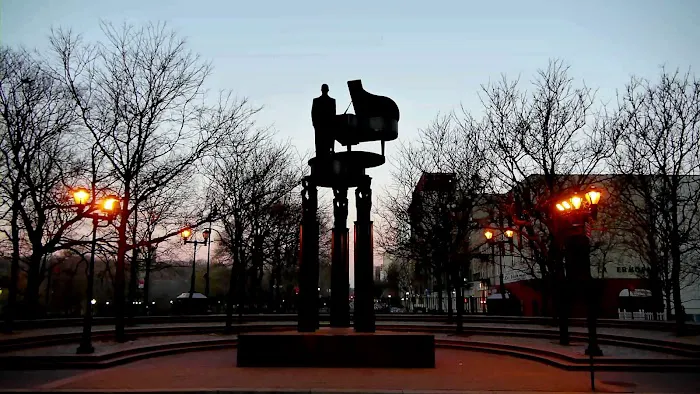
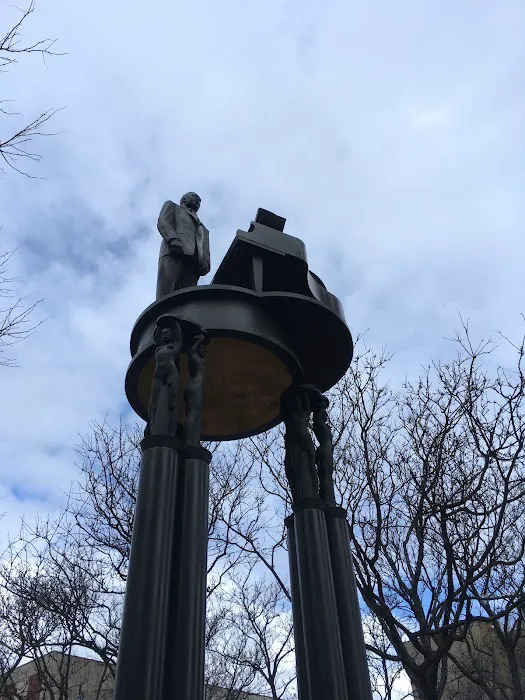
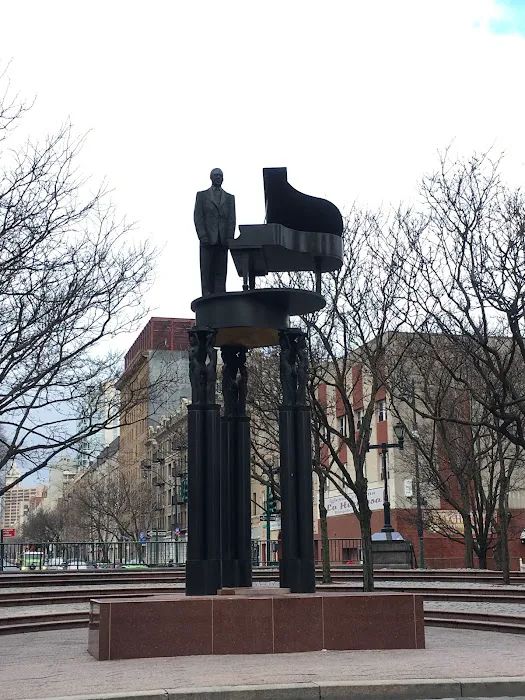
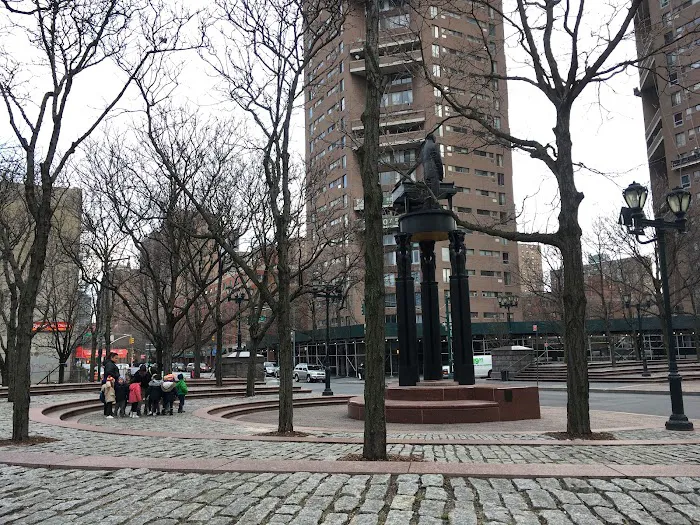
Duke Ellington Circle Location
Duke Ellington Circle
5th Ave, New York, NY 10029, USA
 Duke Ellington Circle
Duke Ellington Circle5th Ave
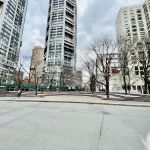 Frawley Circle, Duke Kennedy Ellington Circle, Tito Puente Way
Frawley Circle, Duke Kennedy Ellington Circle, Tito Puente WayCentral PK N
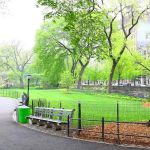 Parkview Fifth Avenue
Parkview Fifth Avenue1280 5th Ave
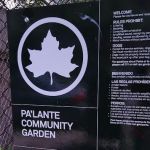 Pa'Lante
Pa'Lante1651 Madison Ave
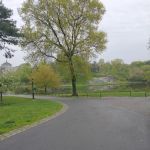 Jardin Central Pre-Assessment Shelter
Jardin Central Pre-Assessment Shelter55 W 110th St
 Harlem Meer
Harlem Meer199 Central Pk N
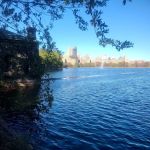 NYPD Detective Steven McDonald footpath
NYPD Detective Steven McDonald footpathUnnamed Road
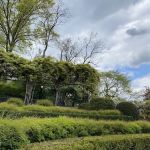 Conservatory Garden Center Fountain
Conservatory Garden Center FountainConservatory Garden
 The Central Park North
The Central Park North137 W 111th St
 Family Community Garden
Family Community Garden156 E 111th St
 El Catano Community Garden
El Catano Community Garden171 E 110th St
 The Ravine (Waterfall)
The Ravine (Waterfall)E 103rd St
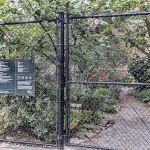 Peaceful Valley Garden
Peaceful Valley Garden1781 Madison Ave
Duke Ellington Circle Reviews
More Scenic Spot
 Frawley Circle, Duke Kennedy Ellington Circle, Tito Puente Way5.0 (4 reviews)
Frawley Circle, Duke Kennedy Ellington Circle, Tito Puente Way5.0 (4 reviews)Central PK N, 5th Ave, New York, NY 10029, USA
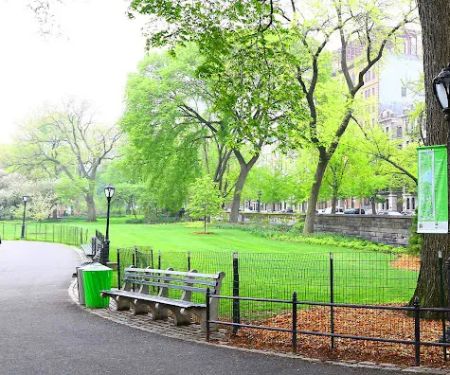 Parkview Fifth Avenue5.0 (6 reviews)
Parkview Fifth Avenue5.0 (6 reviews)1280 5th Ave, New York, NY 10029, USA
 Pa'Lante5.0 (1 reviews)
Pa'Lante5.0 (1 reviews)1651 Madison Ave, New York, NY 10029, USA
 Jardin Central Pre-Assessment Shelter3.0 (71 reviews)
Jardin Central Pre-Assessment Shelter3.0 (71 reviews)55 W 110th St, New York, NY 10026, USA
 Harlem Meer4.0 (515 reviews)
Harlem Meer4.0 (515 reviews)199 Central Pk N, New York, NY 10026, USA
 NYPD Detective Steven McDonald footpath5.0 (2 reviews)
NYPD Detective Steven McDonald footpath5.0 (2 reviews)Unnamed Road, New York, NY 10029, USA
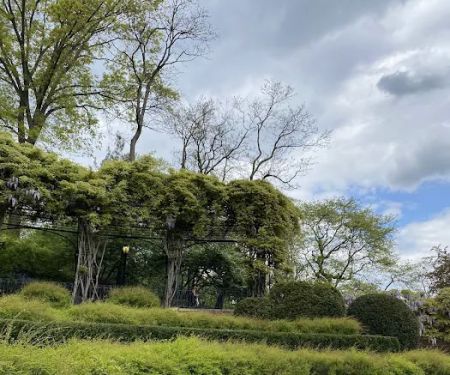 Conservatory Garden Center Fountain5.0 (4 reviews)
Conservatory Garden Center Fountain5.0 (4 reviews)Conservatory Garden, 1233 5th Ave, New York, NY 10029, USA
 The Central Park North3.0 (337 reviews)
The Central Park North3.0 (337 reviews)137 W 111th St, New York, NY 10026, USA
 Family Community Garden0.0 (0 reviews)
Family Community Garden0.0 (0 reviews)156 E 111th St, New York, NY 10029, USA
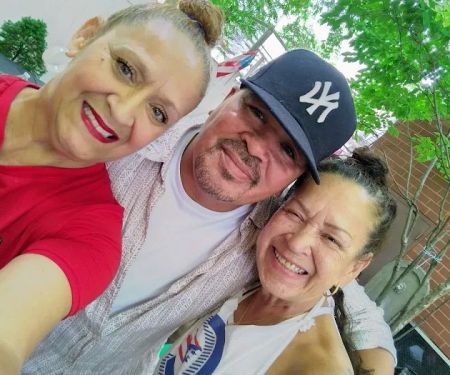 El Catano Community Garden4.0 (12 reviews)
El Catano Community Garden4.0 (12 reviews)171 E 110th St, New York, NY 10029, USA
 The Ravine (Waterfall)4.0 (112 reviews)
The Ravine (Waterfall)4.0 (112 reviews)E 103rd St, New York, NY 10026, USA
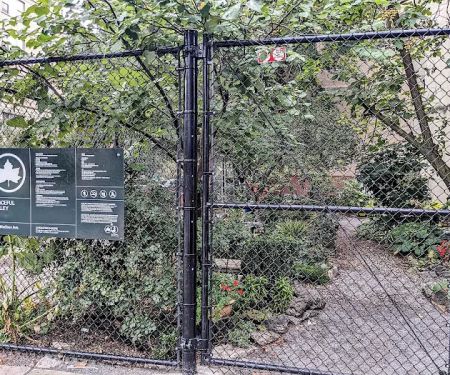 Peaceful Valley Garden5.0 (1 reviews)
Peaceful Valley Garden5.0 (1 reviews)1781 Madison Ave, New York, NY 10035, USA
Categories
Popular Camping Sites
 Ernest L. Oros Park4.0 (180 reviews)
Ernest L. Oros Park4.0 (180 reviews) McGovern Park4.0 (89 reviews)
McGovern Park4.0 (89 reviews)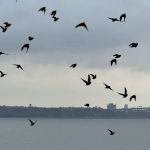 Stapleton Esplanade4.0 (6 reviews)
Stapleton Esplanade4.0 (6 reviews)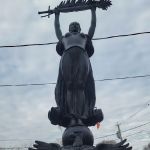 Pleasant Plains Plaza4.0 (2 reviews)
Pleasant Plains Plaza4.0 (2 reviews) Harbor Island Park4.0 (1824 reviews)
Harbor Island Park4.0 (1824 reviews)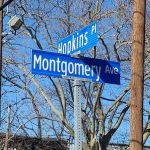 Montgomery Park3.0 (42 reviews)
Montgomery Park3.0 (42 reviews)Trending Camping Blog Posts
 Top Group Travel Destinations in Europe: Best Places for Group Vacations
Top Group Travel Destinations in Europe: Best Places for Group Vacations How to Get Involved in Travel Clans for Social Travel: Explore Group Travel Opportunities
How to Get Involved in Travel Clans for Social Travel: Explore Group Travel Opportunities Best Travel Clans for Sustainable Travel
Best Travel Clans for Sustainable Travel Best Group Vacation Destinations for Friends: Ultimate Travel Ideas
Best Group Vacation Destinations for Friends: Ultimate Travel Ideas Travel Clans for Solo Travelers Looking for Company: Join Unique Travel Communities
Travel Clans for Solo Travelers Looking for Company: Join Unique Travel Communities Best Travel Clans for Women Traveling Together
Best Travel Clans for Women Traveling Together 
